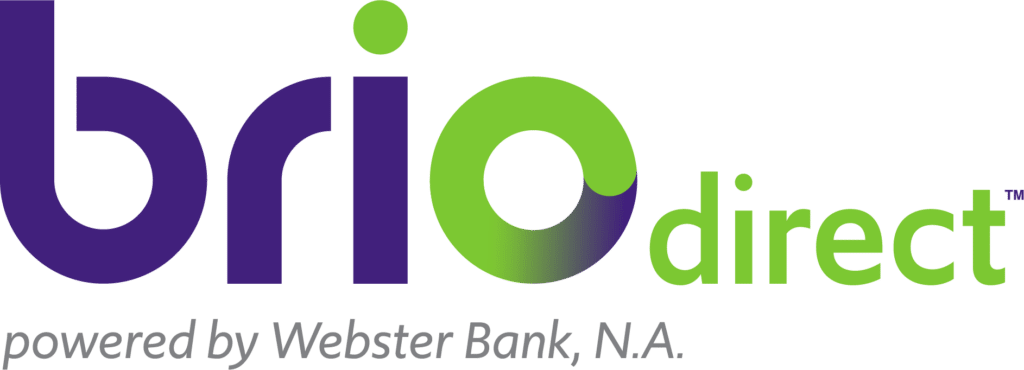Most products on this page are from partners who may compensate us. This may influence which products we write about and where and how they appear on the page. However, opinions expressed here are the author's alone, not those of any bank, credit card issuer, airline or hotel chain. Non-Monetized. The information related to Chase credit cards was collected by Slickdeals and has not been reviewed or provided by the issuer of this product. Product details may vary. Please see issuer website for current information. Slickdeals does not receive commission for these products/cards.
Perhaps you’re enjoying the bene
Between Mar
Will borrowers continue to face the
Read on to learn how interest rates may behave in the future. Plus, disco
When Will Interest Rates Come Down?
The Federal Open Market Committee (FOMC) meets eig
When the FOMC met in September 2023, they decided not to raise the federal funds rate. With the next meeting taking place October 31 - November 1, econo
Some predict that Americans are in store for a
Unfortunately, almost everyone agrees that the Fed probably w
 Related Article
Related Article
5 High-Yield Savings Accounts With Over 5.00% APY
Why Did the Federal Reserve Increase Interest Rates So Much In 2022 and 2023?
The Federal Reserve aims for an inf
In response to escalating prices, the FOM
How to Deal With Higher Interest Rates
Economic experts predict that hig
As a consumer or small business owner, yo

How Climbing Interest Rates Affects Your Credit Card
1. Take Good Care of Your Credit
When interest rat
For example, imagine you want to take out a fixed-rate, 30-year mortgage. The best rate available as of Sept
By comparison, if you have a FICO Score of 6
2. Shop Around for the Best Interest Rates on Financing
If you’re in the market for a ne
When you’re shopping for
Best Credit Cards
Visit the Marketplace
3. Compare Interest Rates on Deposit Accounts
Another step you don’t want to skip when interest rates are high is sea
Getting the be
Recommended High-Yield Savings Accounts
| Bank Account | APY | Features | Learn More |
|---|---|---|---|
|
|
4.30%
*Annual Percentage Yield (APY) is variable and is accurate as of 6/10/2025. Rate is subject to certain terms and conditions. You must deposit at least $5,000 to open your account and maintain $25 to earn the disclosed APY. Rate and APY may change at any time. Fees may reduce earnings. |
$5,000 min. deposit |
Open Account |
|
|
Up to 4.46%
Earn up to 4.46% APY on savings, and 0.51% APY on checking when you meet requirements. |
No minimum deposit |
Open Account |
|
Member FDIC |
0.50% - 3.80%
SoFi members who enroll in SoFi Plus with Eligible Direct Deposit or by paying the SoFi Plus Subscription Fee every 30 days or SoFi members with $5,000 or more in Qualifying Deposits during the 30-Day Evaluation Period can earn 3.80% annual percentage yield (APY) on savings balances (including Vaults) and 0.50% APY on checking balances. There is no minimum Eligible Direct Deposit amount required to qualify for the stated interest rate. Members without either SoFi Plus or Qualifying Deposits, during the 30-Day Evaluation Period will earn 1.00% APY on savings balances (including Vaults) and 0.50% APY on checking balances. Interest rates are variable and subject to change at any time. These rates are current as of 1/24/25. There is no minimum balance requirement. If you have satisfied Eligible Direct Deposit requirements for our highest APY but do not see 3.80% APY on your APY Details page the day after your Eligible Direct Deposit arrives, please contact us at 855-456-7634. Additional information can be found at http://www.sofi.com/legal/banking-rate-sheet. See the SoFi Plus Terms and Conditions at https://www.sofi.com/terms-of-use/#plus. |
No minimum deposit |
Open Account |
|
|
4.00%
Platinum Savings is a tiered interest rate account. Interest is paid on the entire account balance based on the interest rate and APY in effect that day for the balance tier associated with the end-of-day account balance. *APYs — Annual Percentage Yields are accurate as of June 12, 2025: 0.25% APY on balances of $0.01 to $4,999.99; 4.00% APY on balances of $5,000.00 or more. Interest Rates for the Platinum Savings account are variable and may change at any time without notice. The minimum to open a Platinum Savings account is $100. |
$100 minimum deposit |
Open Account |
Bottom Line
There’s no crystal bal























